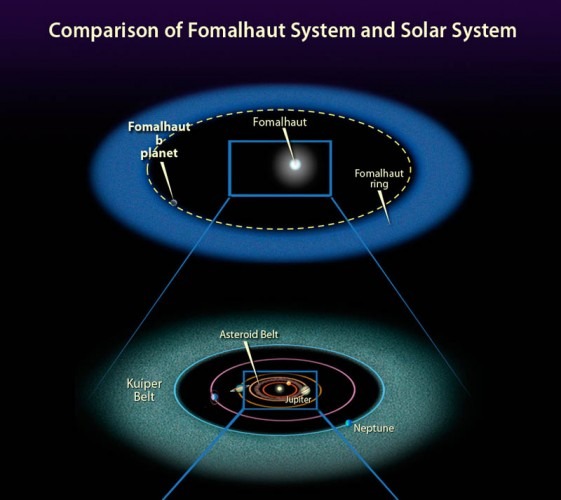Constant comet impacts create cosmic light show
Even casual students of astronomy know that comets ringing a star in semi-stable orbits is a common universal occurrence, even for our own Sol. But European astronomers have found one star that has an astounding number of them: as many as 83 trillion, to the best of the scientists' estimates. This incredible number of orbital bodies creates constant collisions in space, which in turn litters the solar area with massive amounts of ice and dust, the reflections of which can be seen from our own high-powered infrared telescopes 25 light years away. The amount of mass that this dust represents at any given time is about a hundred times that of the Earth.
According to estimates from the European Space Agency, the amount of dust around the star must come from the equivalent of about 2,000 comets, each a kilometer wide, smashing into each other every day. Another possibility is that larger comets of 10 kilometers wide could have twice daily collisions. Either one is "an extremely large number", according to Bram Acke of the University of Leuven in Belgium. The ring of comets or "Kuiper belt" around our own solar system is nowhere near as dense, as illustrated in Space.com's image below.

The Fomalhaut star has been known to science for decades, but it was previously believed that the particles in the cloud surrounding it were fairly large. Recent temperature readings from the Herschel space observatory indicate that the particles are in fact tiny, a few millionths of a meter wide. Normally particles this small would dissipate too far to be visible at such great distances after a while, which leads scientists to believe that the ice and dust is constantly replenished by the impacts of comets circling the star beyond its single planet, in the Kuiper belt.
[via Space.com]
